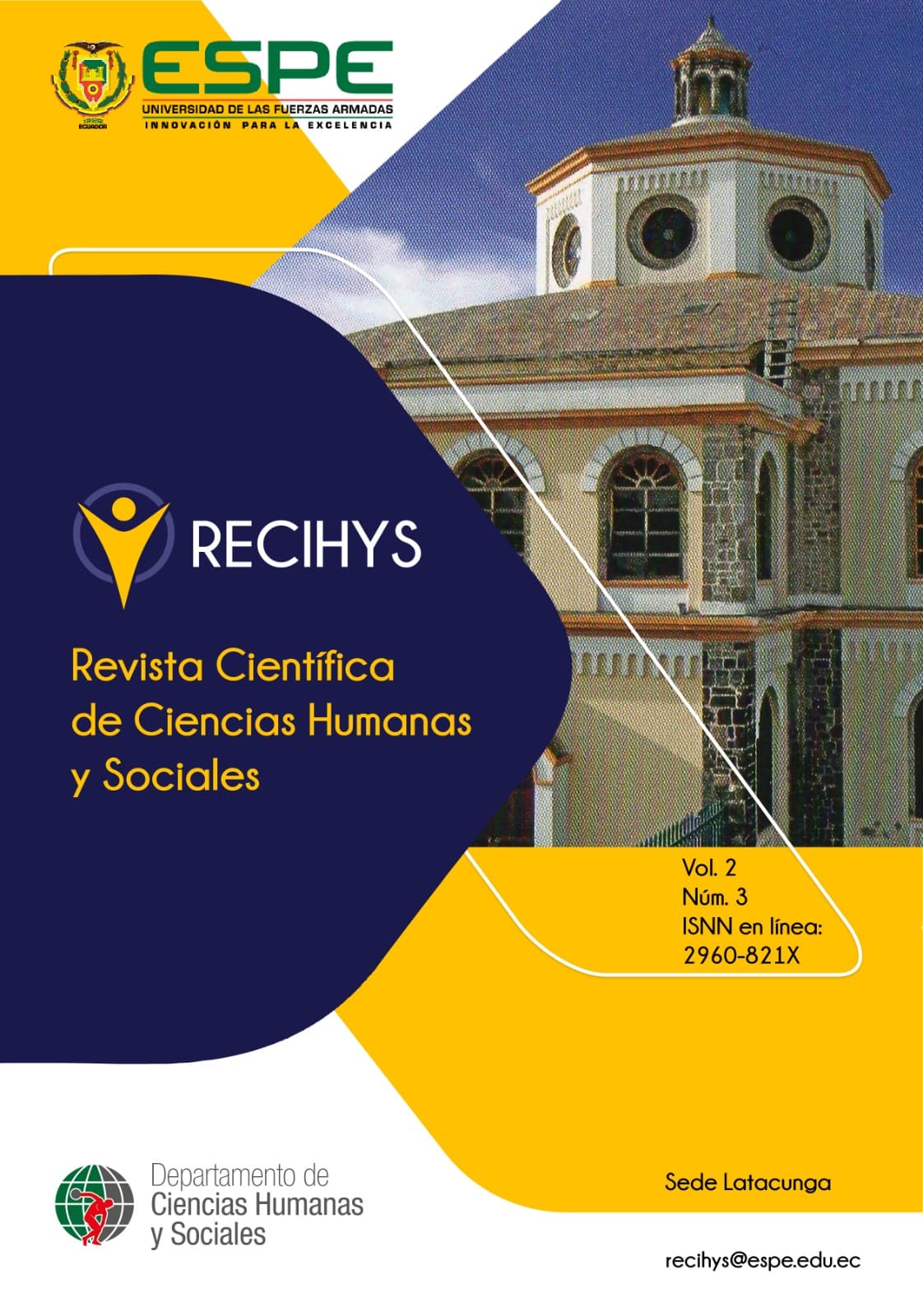Leadership in times of crisis: a strategic analysis of Volodymyr Zelenskyj’s leadership in the context of the conflict in Ukraine
Main Article Content
Abstract
Volodymyr Zelenskyj's leadership during the conflict in Ukraine has been characterised by a transformational and strategic approach, being crucial for resistance to the Russian invasion. The aim of this analysis is to examine Zelenskyj's key competencies, highlighting his ability to manage the narrative of the conflict, mobilize the civilian population and the Armed Forces, and build strategic alliances with Western powers. To this end, qualitative analysis methods were applied to the strategies employed by Zelenskyj, especially his ability to adapt his leadership to the changing circumstances of the conflict, operating at both tactical and strategic levels. The results show that his leadership style has managed to maintain social cohesion and national determination, overcoming the extreme challenges of war. In addition, it is observed how his leadership is aligned with classical realism, prioritizing national sovereignty and state security in the face of external aggression. In conclusion, Zelenskyj's leadership exemplifies how a leader can inspire and mobilize a nation in times of crisis, becoming a benchmark of adaptability and unity in the face of unprecedented adversity.
Downloads
Article Details

This work is licensed under a Creative Commons Attribution-NonCommercial-NoDerivatives 4.0 International License.
Authors who publish in this journal agree to the following terms: Authors retain the copyright and guarantee the journal the right to be the first publication of the work, as well as, licensed under a Creative Commons Attribution License that allows others share the work with an acknowledgment of the authorship of the work and the initial publication in this journal. Authors may separately establish additional agreements for the non-exclusive distribution of the version of the work published in the journal (for example, placing it in an institutional repository or publishing it in a book), with acknowledgment of its initial publication in this journal. Authors are allowed and encouraged to disseminate their work electronically (for example, in institutional repositories or on their own website) before and during the submission process, as it may lead to productive exchanges as well as further citation earliest and oldest of published works.
How to Cite
References
Defensa, M. E. (2023). REVISTA DEL EJÉRCITO DE TIERRA ESPAÑOL.
Härtel, A. (2022). Die Ukraine unter Präsident Selenskyj. March.
Im, A. (2022). M ARTIAL A RTS W ASHING U KRAINE -K RIEG.
Ishchenko, V. (2023). The Minsk Accords and the Political Weakness of the " Other Ukraine " The Minsk Accords and the Political Weakness of the “ Other Ukraine .” June. https://doi.org/10.30965/24518921-00802002
Katchanovski, I. (2023). The Ukraine-Russia War and Its Origins. February.
Lange, N. (2024). Wie man Russland schlagen kann – Lektionen aus dem Verteidigungskrieg der Ukrainer. 8(1), 16–38.
Manohar Parrikar Institute for Defence Studies and Analyses, P. P. L. (2024). UKRAINE WAR Military.
Mearsheimer, J., & Kissinger, H. (2023). Die Theorie zum Krieg ? Klassischer Realismus , Strategie und Russlands Angriffskrieg. 7(1), 80–86.
Nacional, I. de D. (2019). Liderazgo Militar. XXI Conferência de Diretores Dos Colégios de Defesa Iberoamericanos, 53(9), 1689–1699.
Nivievskyi, O., & Neyter, R. (2024). Ukraine – Analysen Folgen des russischen Angriffskriegs für die. February. https://doi.org/10.31205/UA.294.01
Riedel, S. (2022). Ukraine in Conflict of National Identity. September.
Santos Barón, M. A. (2024). El conflicto entre rusia y ucrania: una guerra de quinta generación. Opera, 35, 37–61. https://doi.org/10.18601/16578651.n35.03
Udris, L., Vogler, D., Eisenegger, M., & Siegen, D. (2022). Die Qualität der Berichterstattung über den Ukrainekrieg. January.
Umland, A. (2019). Selen skyj und der Donbas - Kon fl ikt. July.
Vázquez-Damaso, A., & López-Mendoza, J. G. (2024). Liderazgo en las Organizaciones Leadership in organizations. 11(22), 74–76.

